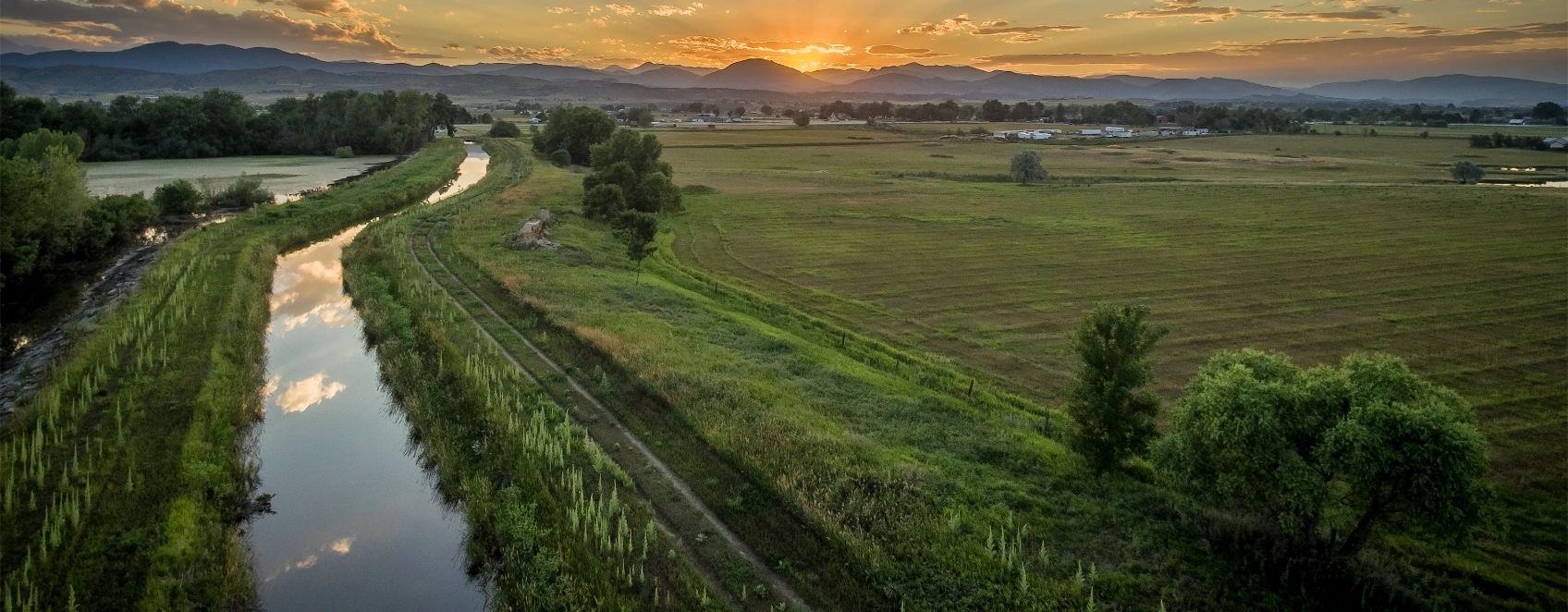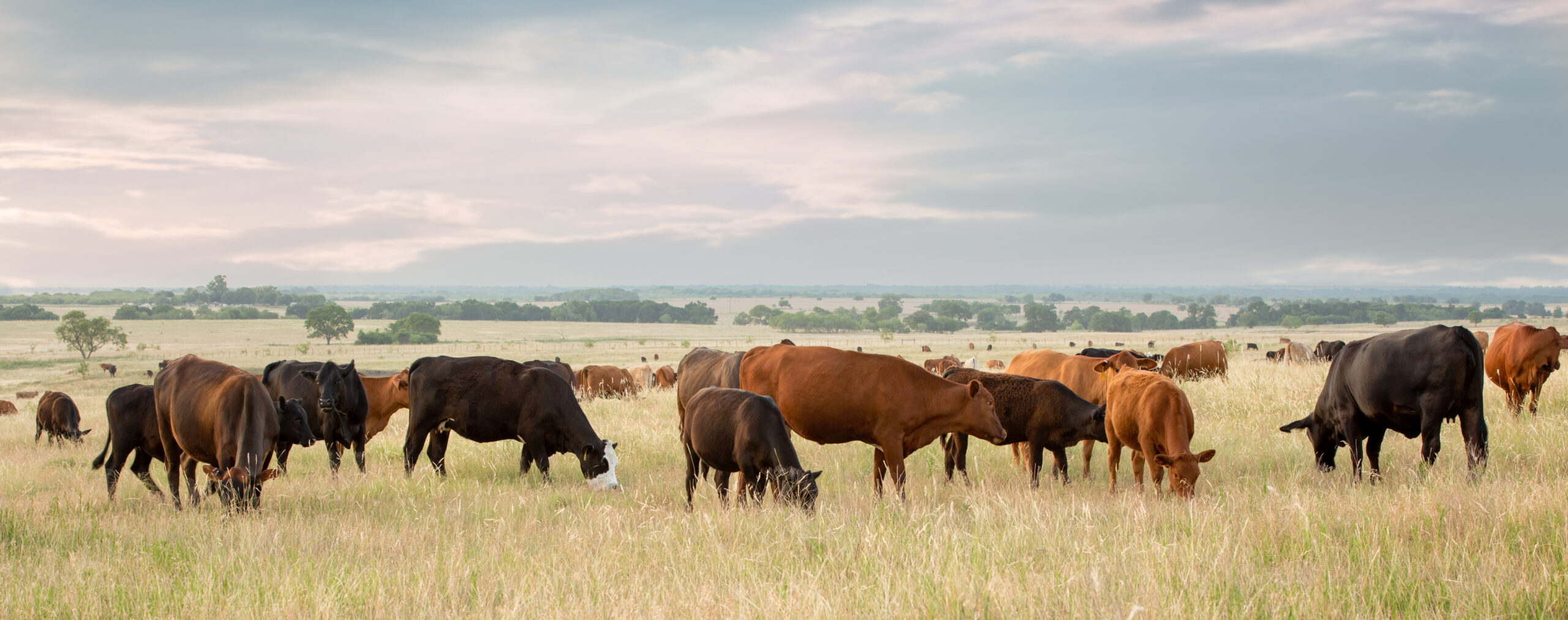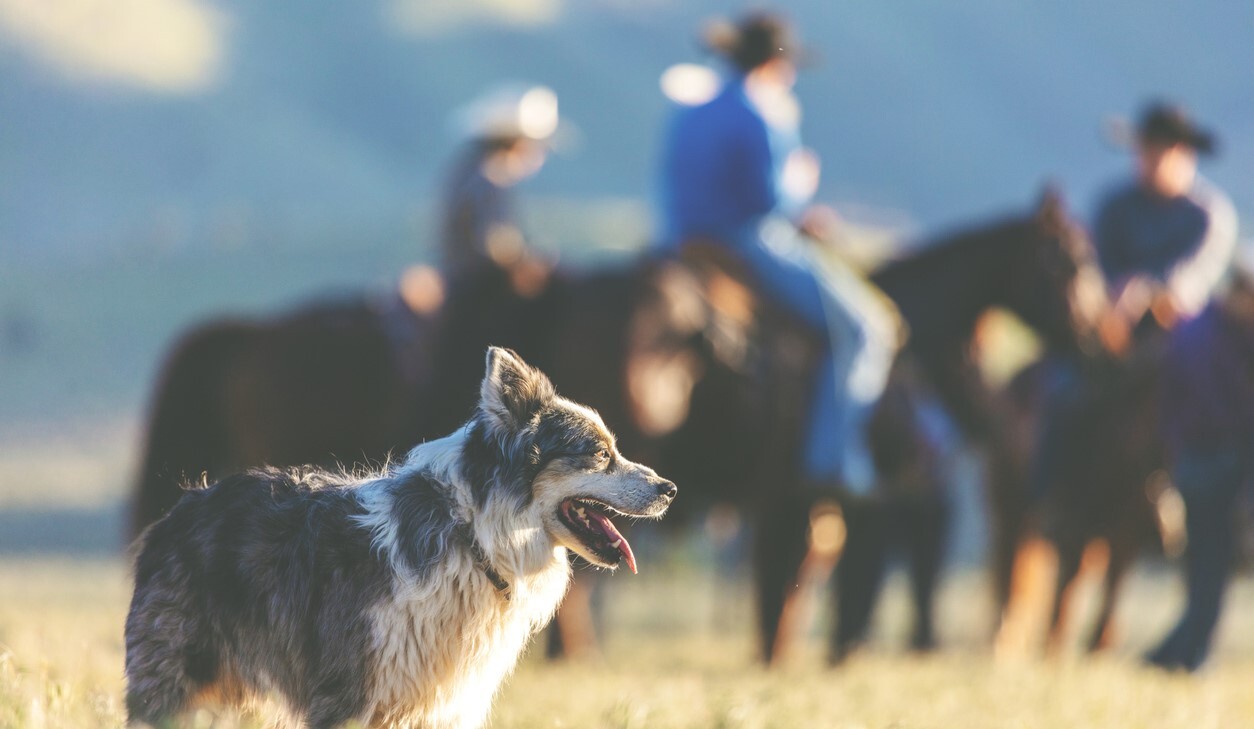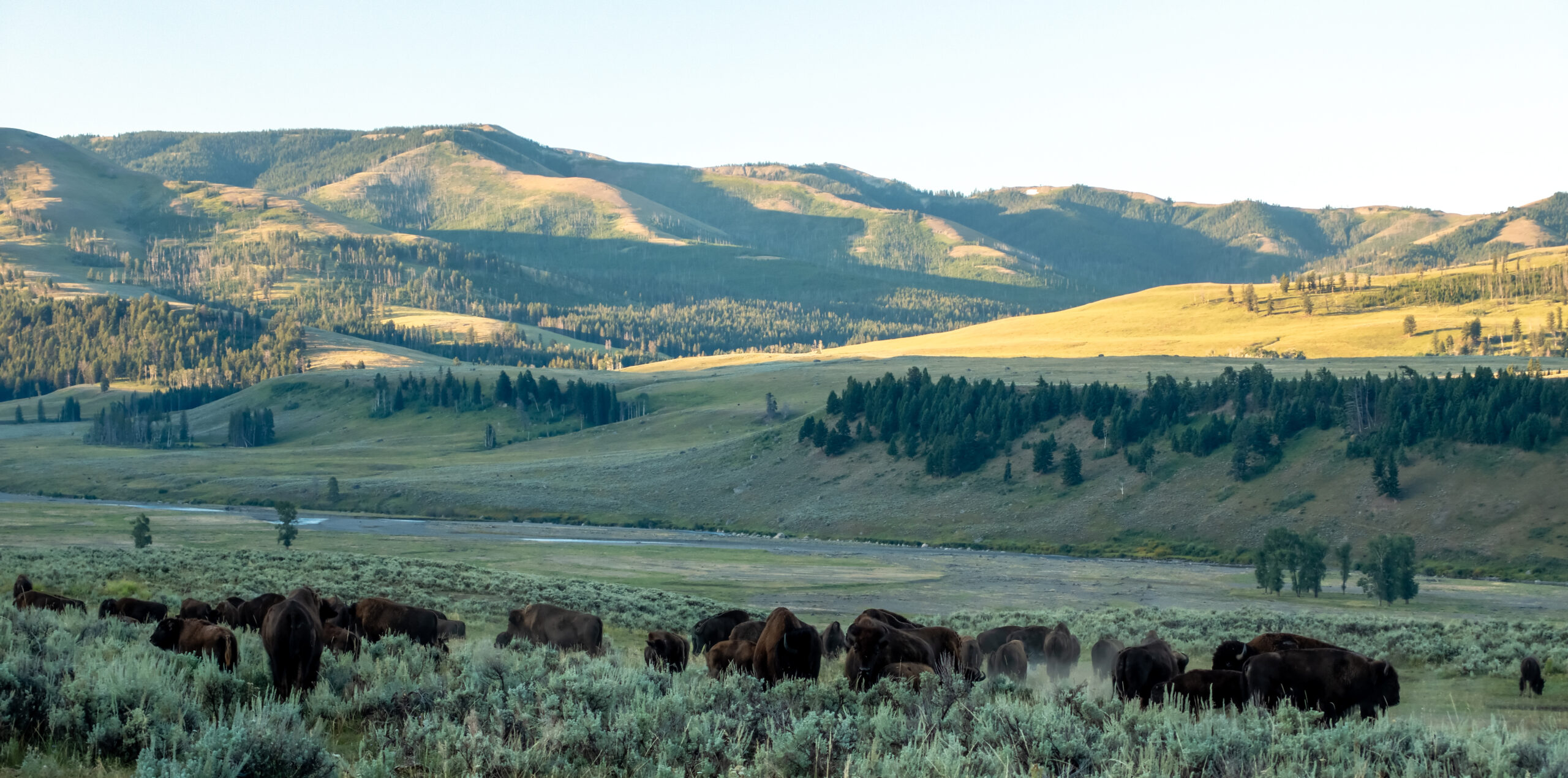
Hunting and Conservation: An Integral Relationship
The following subject paper seeks to provide objective information and education on the role hunting plays in the United States’ Natural Resource Management efforts. In addition to the societal benefits hunting provides, it also creates a viable income stream to American Farmers and Ranchers which helps to stabilize their production agriculture operation.
Introduction
Hunting, often perceived as a controversial activity, plays a crucial and often underappreciated role in the conservation of wildlife and natural resources. This white paper aims to provide a comprehensive overview of the multifaceted relationship between hunting and conservation, examining the ecological, economic, cultural, and nutritional aspects. Furthermore, it will argue that hunting, when practiced responsibly and ethically, is not only compatible with conservation but is, in fact, essential for the sustainable management of our nation’s natural resources.
Ecological Benefits of Hunting
Hunting, as a wildlife management tool, helps maintain healthy ecosystems by regulating wildlife populations. In the absence of natural predators, certain species, such as white-tailed deer in the eastern United States, can become overabundant, leading to habitat degradation, increased disease transmission, and negative impacts on other species, as documented in a study published in the Journal of Wildlife Management (2015). Through carefully regulated hunting seasons and bag limits, wildlife agencies can ensure that populations remain at levels that are sustainable for both the environment and the animals themselves, as evidenced by the successful recovery of wild turkey populations through hunting-based management programs (National Wild Turkey Federation, 2020). Hunting also contributes to the control of invasive species, such as feral hogs, which can disrupt native ecosystems and threaten biodiversity, as documented in a report by the National Wildlife Research Center (2018).
Economic Contributions of Hunting
Hunting generates significant economic revenue, which directly funds conservation efforts. Through the purchase of hunting licenses, tags, and equipment, hunters contribute an estimated $26.2 billion annually to state wildlife agencies, according to the U.S. Fish and Wildlife Service (2023). These funds are used to support a wide range of conservation activities, including habitat restoration projects, such as the Wetlands Reserve Program, research initiatives, such as the Cooperative Research Units Program, and wildlife management programs, such as the State Wildlife Grants Program. In many rural communities, hunting also provides a vital source of income through tourism and related industries, with an estimated 1 million jobs supported by hunting-related activities, as reported by the National Shooting Sports Foundation (2022).
Cultural Significance of Hunting
Hunting holds deep cultural significance for many Americans, representing a connection to nature, heritage, and tradition. A study published in the Human Dimensions of Wildlife journal (2018) found that hunters often express a strong sense of responsibility for the natural world and are more likely to participate in conservation activities than non-hunters. The cultural value of hunting should not be underestimated, as it can inspire a sense of stewardship and promote a long-term commitment to conservation. For many families, hunting provides an opportunity to pass down traditions and knowledge from one generation to the next, fostering a deep appreciation for wildlife and wild places.
Nutritional Value of Wild Game
Wild game is a nutritious and sustainable source of protein. Unlike conventionally raised livestock, wild game is free of antibiotics, hormones, and other additives. It is also lower in fat and cholesterol, making it a healthier alternative to many commercially available meats. A study published in the Journal of Food Composition and Analysis (2019) found that wild game is a good source of essential nutrients, such as iron, zinc, and B vitamins. Additionally, the consumption of wild game reduces the environmental impact associated with industrial agriculture, such as greenhouse gas emissions, water pollution, and deforestation, as highlighted in a report by the Food and Agriculture Organization of the United Nations (2021).
Hunting as Conservation
The argument that hunting is conservation is based on the premise that regulated hunting can be a sustainable and ethical means of managing wildlife populations and supporting conservation efforts. By participating in hunting, individuals contribute to the funding of conservation programs, help maintain healthy ecosystems, and reduce their environmental footprint. While some may object to hunting on ethical grounds, it is important to recognize that responsible hunting can be a valuable tool in the conservation toolbox. A study published in Conservation Biology (2022) found that hunting can play a positive role in the conservation of endangered species by providing incentives for habitat protection and generating revenue for conservation programs.
Conclusion
Hunting and conservation are inextricably linked. Hunting, when practiced responsibly and ethically, can provide numerous ecological, economic, cultural, and nutritional benefits. It is a vital component of wildlife management and plays a crucial role in supporting conservation efforts. By recognizing the symbiotic relationship between hunting and conservation, we can work together to ensure the sustainable management of our nation’s natural resources for future generations.
SOURCES
- Food and Agriculture Organization of the United Nations. (2021). The State of the World’s Forests 2020.
- Rome. National Shooting Sports Foundation. (2022). Hunting in America: An Economic Force for Conservation.
- National Wild Turkey Federation. (2020). Wild Turkey Management: A Success Story.
- National Wildlife Research Center. (2018). Feral Swine Damage Management Research.
- Ripple, W. J., Beschta, R. L., Fortin, J. K., & Robbins, C. T. (2015). Trophic cascades from wolves to grizzly bears in Yellowstone. Journal of Animal Ecology, 84(1), 223-233. U.S. Fish and Wildlife Service. (2023). 2022
- National Survey of Fishing, Hunting, and Wildlife-Associated Recreation.
IMPORTANT INFORMATION
Copyright© Ranchland Capital Partners, LLC 2024. All rights reserved.
This material is proprietary and may not be reproduced or distributed without Ranchland’s prior written permission. It is delivered on an “as is” basis without warranty or liability. Ranchland accepts no responsibility for any errors, mistakes, or omissions or for any action taken in reliance thereon. All charts, graphs, and other elements contained within are also copyrighted works and may be owned by Ranchland or a party other than Ranchland. By accepting the information, you agree to abide by all applicable copyright and other laws, as well as any additional copyright notices or restrictions contained in the information.
The views and information provided were created at various dates in time and unless otherwise indicated, are subject to frequent changes, updates, revisions, verifications, and amendments, materially or otherwise, without notice, as data or other conditions change. There can be no assurance that terms and trends described herein will continue or that forecasts are accurate. Certain statements contained herein are statements of future expectations or forward-looking statements that are based on Ranchland’s views and assumptions as of the date hereof and involve known and unknown risks and uncertainties that could cause actual results, performance, or events to differ materially and adversely from what has been expressed or implied in such statements. Forward-looking statements may be identified by context or words such as “may, will, should, expects, plans, intends, anticipates, believes, estimates, predicts, potential, or continue” and other similar expressions. Neither Ranchland, its affiliates, nor any of Ranchland’s or its affiliates’ respective advisers, members, directors, officers, partners, agents, representatives, or employees, or any other person, is under any obligation to update or keep current the information contained in this document.
This material is for informational purposes only and is not an offer or a solicitation to subscribe to any fund and does not constitute investment, legal, regulatory, business, tax, financial, accounting, or other advice or a recommendation regarding any securities of Ranchland, of any fund or vehicle managed by Ranchland, or of any other issuer of securities. No representation or warranty, express or implied, is given as to the accuracy, fairness, correctness, or completeness of third-party sourced data or opinions contained herein, and no liability (in negligence or otherwise) is accepted by Ranchland for any loss howsoever arising, directly or indirectly, from any use of this document or its contents, or otherwise arising in connection with the provision of such third-party data.
Featured Articles

Using Heavy Tail Optimization to Evaluate the 2023 Milliman Study Allocation

The Relationship between Cattle, Sustainability, and Ecosystem Function

Why Now?

The Changing Landscape of Ranchland Ownership: Understanding the Forces Behind a Generational Land Transfer
